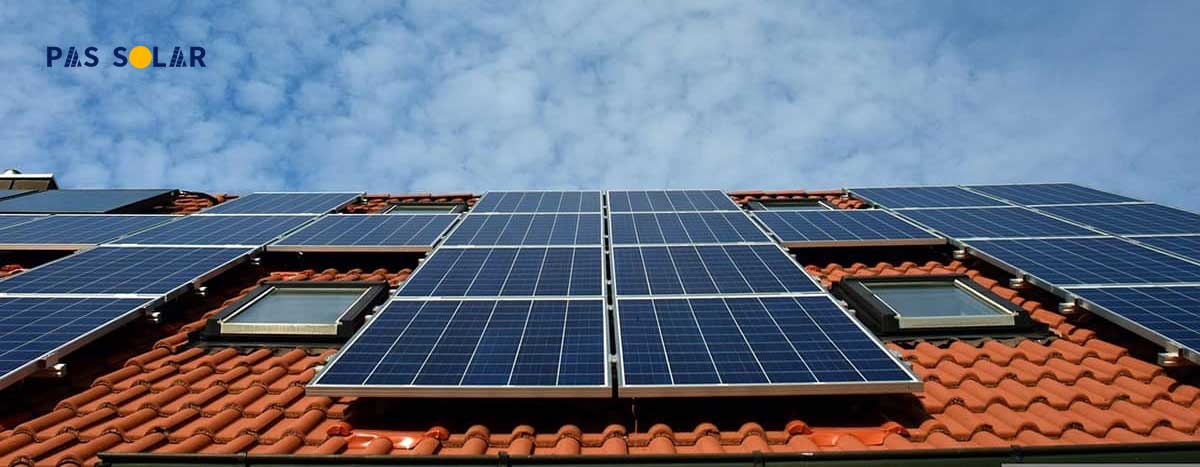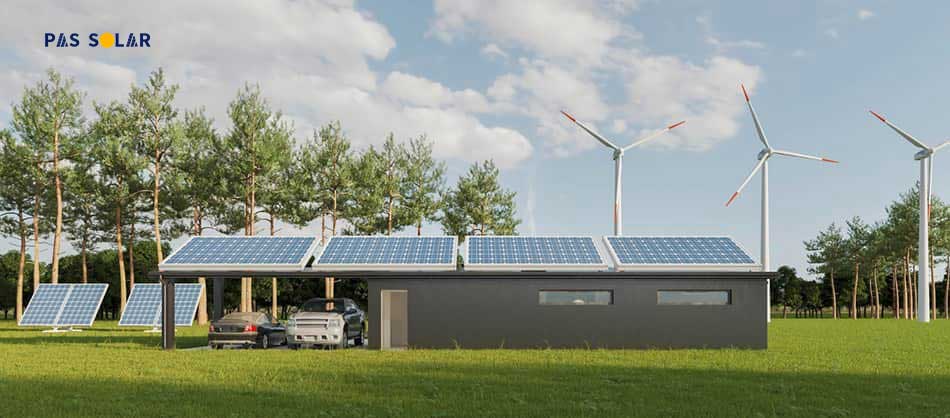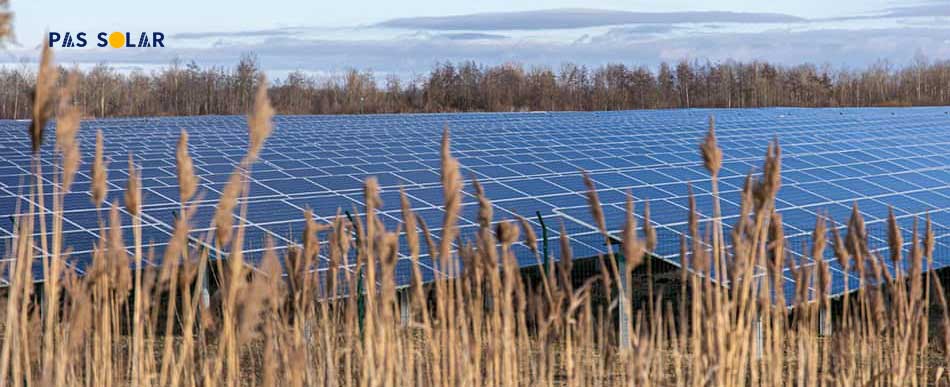Doing your homework on the size of solar panels can come in handy if you’re planning to power your house or RV with solar energy. Here’s why:
The first thing you do when installing a solar energy system is to calculate your energy needs. By doing this, you can measure the number of solar modules you will need based on their wattage.
But that is not all; you also have to know how many modules you can put into the dedicated space. This is where knowing the average size of solar panels (according to their wattage) comes into play!
In this article, we provide you with the standard size of solar panels. In addition, we’ll discuss the factors that dictate solar panel size, the standard size of solar panels in Dubai, and the thickness of solar panels. Also, we’ll let you know where you can buy solar material in Dubai.
Does the size of solar panels matter?
Solar Panel Wattage Solar Panel Dimensions (L × W × H)
50 W 23 × 20 × 1.2 inches
100 W 40 × 22 × 1.3 inches
200 W 58 × 27 × 1.4 inches
300 W 65 × 39 × 1.4 inches
400 W 78 × 40 × 1.4 inches
500 W 89 × 44 × 1.4 inches
600 W 96 × 45 × 1.4 inches
The most used solar panel for residential uses is the 300W panel (65 × 39 inches). Nonetheless, 100W and 200W panels are also used for smaller projects, like smaller houses or an RV solar energy system.
High-energy panels — 400W, 500W, or 600W, are usually employed for commercial projects or big residences with high energy needs.
It is necessary to mention that the above table demonstrates the most standard occurring size of solar panels for each wattage.
Nevertheless, the above numbers can change based on the solar panel model, efficiency, manufacturer, the material used/frame size, etc.
There are many different sizes of solar panels, so the best way to know if you’ll be able to fit your solar panels in your desired space is to check their dimensions before buying them.
What Dictates the Size of solar panels?
Two primary factors dictate solar panel size:
- Solar panel wattage (quantity and size of solar cells)
- Solar panel types (quality of materials used)
Solar modules are rated according to their wattage, that is, by how much energy they can generate. Power is a product of voltage and current, which can be raised in accordance with the number and the size of solar cells used and solar panel cables for sale in dubai that links them.
Solar Wafer
A solar wafer is a thin piece of crystalline silicon used to build solar cells. This wafer transforms the sun’s energy into electrical energy, and the size of the wafer affects the Size of solar panels.
Since the surface area of semiconductors (size of solar cells) is directly related to the amperage produced, you will sometimes find two panels with different solar cell amounts and the same wattage rates.
Example
As previously stated, the Size of solar panels (that is, the area of the semiconductor) is directly proportional to the amperage. Therefore, a larger cell creates more amps.
However, more cells linked in series generate a higher voltage. So, 60 cells in series create a higher voltage than 36 cells linked in series.
Ultimately, you have a panel with a higher voltage and a lower amperage and another panel with a lower voltage and a higher amperage. And since power is a product of voltage and amperage, the power output of both modules is the same.
Therefore, the size of a solar panel affects its wattage. The wattage depends on the number of solar cells and on the size of the solar cells.
An average solar PV cell typically has an open circuit voltage of 0.5 V and a short circuit current of 3 amps. When solar cells are linked in series, their voltage is added.
What Is the Average Size of a Solar Cell?
For the longest time, the average size of solar cells was 156 mm by 156 mm, about 6 inches long and 6 inches wide, which could influence the size of solar panels.
However, due to the advancements in solar technology throughout the years, there are now various solar cell sizes:
As previously stated, the size (and the amount) of solar cells determines the power output of a solar panel. Because of that, most powerful solar panels are made with larger solar cells, usually 210 mm or 182 mm cells (considered the new standard size of solar cells). But, bigger cells tend to be more costly because more material is needed to produce them.
Although, to check out Longi solar panels UAE visit our website.
How Thick Are Solar Panels?
The standard thickness of solar panels – the ones you mostly see mounted on the roof of houses – goes from 1.2 to 1.5 inches (about 30 to 40 mm).
These solar modules are usually made of monocrystalline or polycrystalline solar cells.
Anyways, the thickness of solar panels is mainly because of the many layers that form a solar PV panel, not the solar cells, which are actually thin (only a few millimeters thick).
How Much Do Solar Panels Weigh?
Knowing how much a solar panel weighs in addition to the size of solar panels is essential when planning your solar energy system.
Heavy solar panels can make installation quite tricky. Moreover, the roof of the house, RV, campervan, etc, should be strong enough to hold the weight of the solar panel system. Fortunately, solar panels are not really heavy. A single person can carry a standard-size (60 cells) solar panel alone.
The standard weight for a home solar panel is about 40 pounds (18 kg). Stronger solar panels have a weight of between 50 and 70 pounds (23 to 32 kg).
Final Thoughts
These days, there’s a wide range of solar panels with varying wattage ratings, sizes, and shapes. Solar technology has changed so much during the last 20 years that you can now find any size of solar panels for home. Their power production, however, depends on their size: the larger the panel, the more energy it generates.
For that reason, the most used panels for home applications usually have 60 cells and are about 65 × 39 inches. Panels with more power are used for commercial projects, usually panels with 72 cells, around 78 × 39 inches.
At the end of the day, you will need to find out the number of solar panels you can have in your space when planning your solar energy project. And for this, knowing a solar panel’s size can come in handy!






